Kitchen Remodel: Lessons from the Veterans?
HulaGalJ
13 years ago
Related Stories
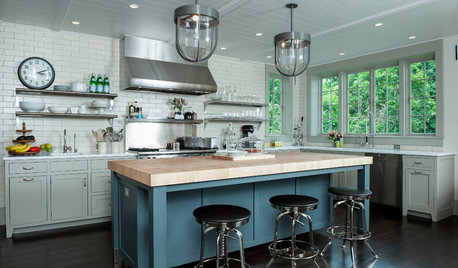
KITCHEN DESIGNExpert Talk: Design Lessons From 9 Stunning Kitchens
Architects share a behind-the-scenes look at the design decisions for some of their most interesting kitchen projects
Full Story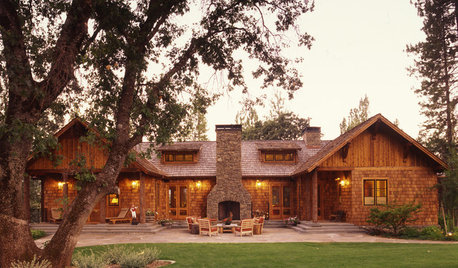
CONTRACTOR TIPS6 Lessons Learned From a Master Suite Remodel
One project yields some universal truths about the remodeling process
Full Story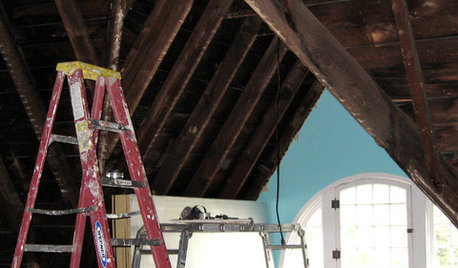
REMODELING GUIDES8 Lessons on Renovating a House from Someone Who's Living It
So you think DIY remodeling is going to be fun? Here is one homeowner's list of what you may be getting yourself into
Full Story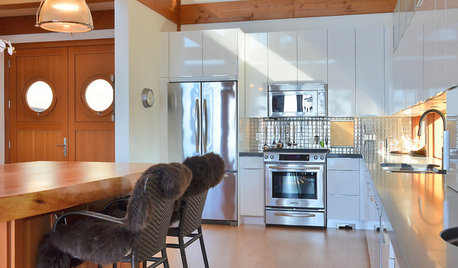
REMODELING GUIDES6 Must-Know Lessons From a Serial Renovator
Get your remodel right the first time, with this insight from an architect who's been there too many times to count
Full Story
REMODELING GUIDESHope for the Future: Lessons From Midcentury Modern Design
11 ways we can learn from the built-in optimism of midcentury modern homes
Full Story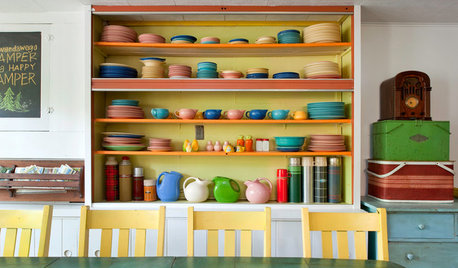
COTTAGE STYLELessons From Camp: Cottage Inspiration for Home
Embrace the bones, and 11 other design tips from a reborn summer camp in the woods of Wisconsin
Full Story
MODERN HOMESHouzz Tour: Design Lessons From a Deluxe Spec House
This luxurious Austin home was built on spec, but you'd probably never know it if we didn't tell you. Discover 10 reasons why
Full Story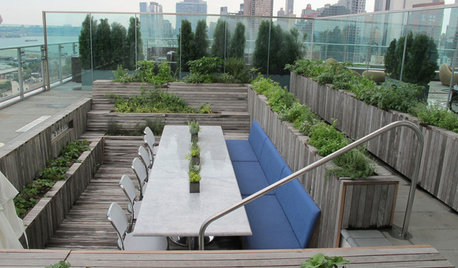
EDIBLE GARDENSLessons From an Edible Garden on a City Roof
Reincarnation of New York City rooftop pool proves edible landscaping is possible just about anywhere
Full Story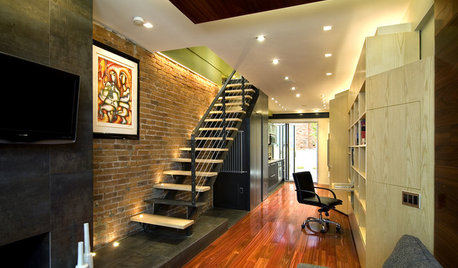
HOUZZ TOURSDesign Lessons From a 10-Foot-Wide Row House
How to make a very narrow home open, bright and comfortable? Go vertical, focus on storage, work your materials and embrace modern design
Full Story
DECORATING GUIDESNature’s Color Wisdom: Lessons on Green From the Great Outdoors
Green will grow on you for interiors when you look outside for ideas on how to use it
Full StoryMore Discussions










alwaysfixin
dianalo
Related Professionals
Arcadia Kitchen & Bathroom Designers · East Islip Kitchen & Bathroom Designers · El Sobrante Kitchen & Bathroom Designers · Leicester Kitchen & Bathroom Designers · Newington Kitchen & Bathroom Designers · Ridgewood Kitchen & Bathroom Designers · Albuquerque Kitchen & Bathroom Remodelers · Biloxi Kitchen & Bathroom Remodelers · Camarillo Kitchen & Bathroom Remodelers · Emeryville Kitchen & Bathroom Remodelers · Oceanside Kitchen & Bathroom Remodelers · Port Charlotte Kitchen & Bathroom Remodelers · Kaneohe Cabinets & Cabinetry · Eastchester Tile and Stone Contractors · Rancho Mirage Tile and Stone ContractorsHulaGalJOriginal Author
cabinfo
davidro1
kerrys
cat_mom
formerlyflorantha
carybk
blfenton
HulaGalJOriginal Author
mtnrdredux_gw
sayde
brickeyee
shortyrobyn
loves2cook4six
melaska
kathec
melaska
live_wire_oak
igloochic
formerlyflorantha
trailgirl
stir_fryi SE Mich
arlosmom
bmorepanic
pharaoh
marcolo
HulaGalJOriginal Author